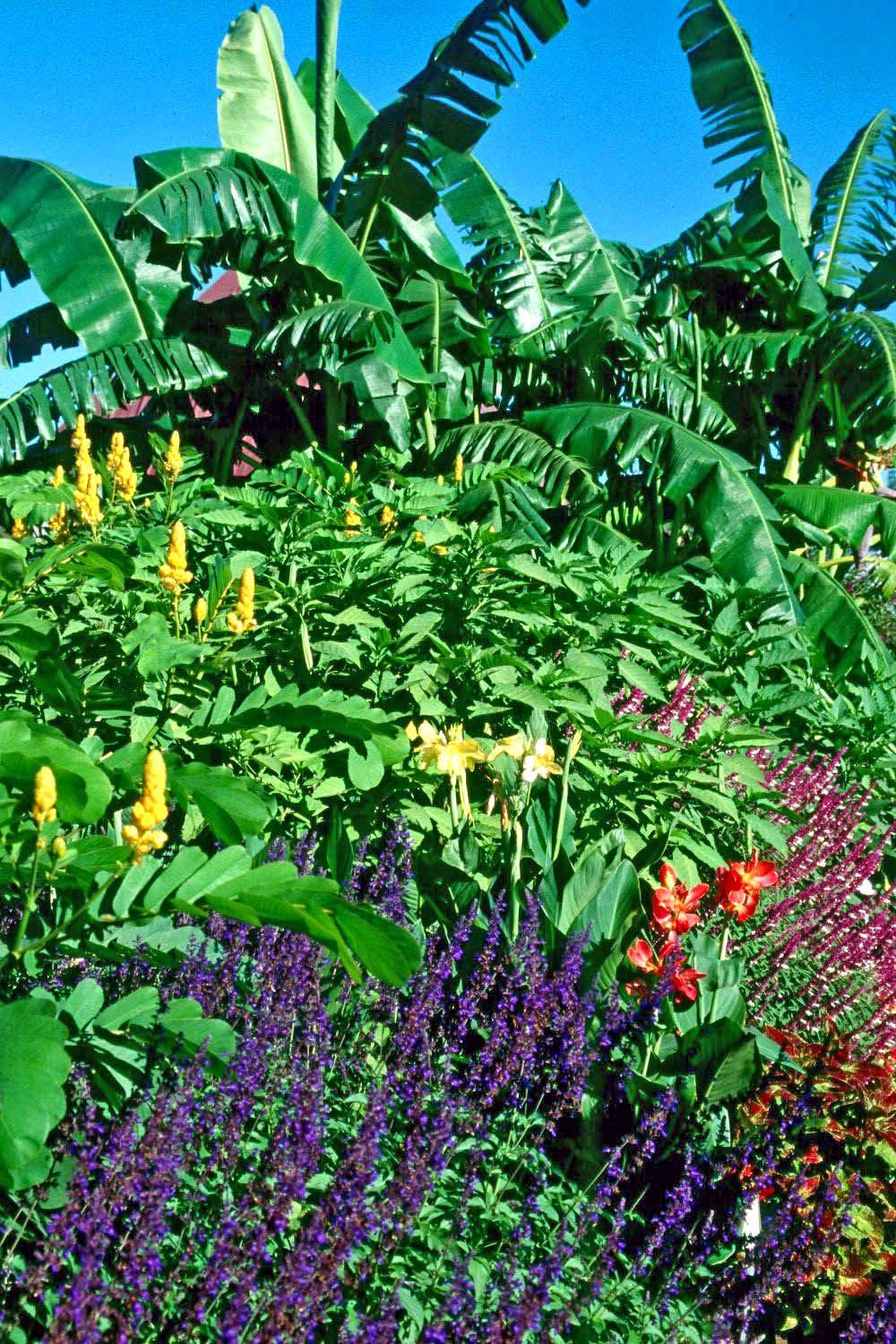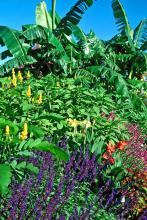Information Possibly Outdated
The information presented on this page was originally released on September 7, 2006. It may not be outdated, but please search our site for more current information. If you plan to quote or reference this information in a publication, please check with the Extension specialist or author before proceeding.
Candlestick plants give a tropical flair
By Norman Winter
MSU Horticulturist
Central Mississippi Research & Extension Center
If you have noticed beautiful yellow candelabra-type blossoms around your neighborhood, a candlestick plant probably is blooming close to your house.
It is considered a shrub in the tropics, yet growing wild there they are dwarf compared to how they look in our landscapes. Their low height in the tropics is probably due to shallow topsoil in their native islands.
The candlestick tree known botanically as senna alata (formerly cassia alata) is strutting its stuff right now. Though you see it here in gardens as a beautiful flower, it is a valuable medicinal plant elsewhere. In Mexico and Samoa, it is used for snakebites, while in other countries it is used to treat herpes and venereal diseases, ringworm and digestive disorders.
Here at home it is an annual flower, and it is hard to find a prettier plant this time of the year. The candlestick plant is in the legume family and even though it does not bloom until late summer to early fall, the large foliage is attractive. When I say large, I am talking about compound leaflets that may reach close to 3 feet in length and spread outward 8 feet.
Since it does grow large, you will want to plant it to the back of your bed. I have grown more than a dozen in beds and while pretty, they were a little overwhelming. I drive by a single specimen planting every day that I admire. Probably one or two plants in a mixed border is the way to go. Butterflies also consider the flowers a treat.
Most of you have probably figured out by now that I am a tropical plant nut. With that in mind, I'll tell you the prettiest way to use the candlestick plant. First, plant a couple of large banana plants growing 15 to 20 feet tall. In front of the bananas, place a candlestick plant or two. In front of the candlesticks, plant about five solar sunrise coleus or single red hibiscus. This bed will look great all season and make you think of Jamaica even if you can't go there.
I wish garden centers would get candlesticks in early enough to allow us time to grow them into the 8-foot-plus range. Once you do start growing your own, you are in business. They produce long pods loaded with seeds, and these dried seeds will give you the opportunity to grow them whenever you want. Those who grow the candlestick may be interested to know that six seeds are being sold for $2.50 on the Internet.
If you are given some seed pods this time of the year, store them in a dry location over the winter. Next spring, pop open the pods, and plant the seeds about three quarters of an inch deep in full sun in well-drained, well-prepared beds. Feed them monthly during the growing season with a complete and balanced fertilizer to encourage them to reach that 8-foot high and wide stature.
Even though they are considered drought-tolerant plants, keep them watered and add a good layer of mulch to help them during the hottest days of the summer.








